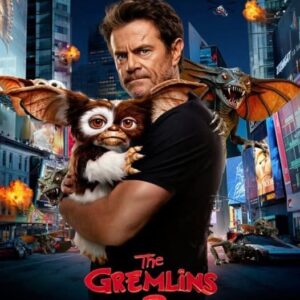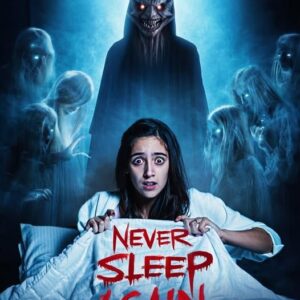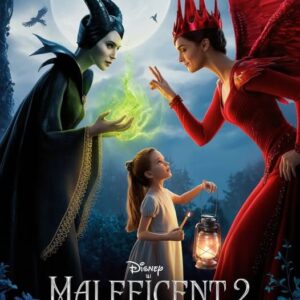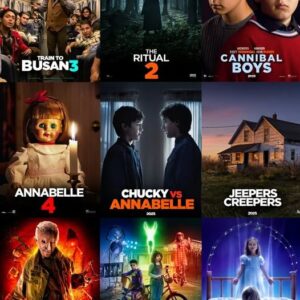In 2025, horror cinema takes a haunting leap back into gothic tradition with “The Haunted Palace”, a psychological supernatural thriller that promises to both terrify and mesmerize audiences. Inspired by classic literary sources, including the works of H.P. Lovecraft and Edgar Allan Poe, this latest adaptation is not merely a remake, but a complete reimagining of what a modern gothic horror tale can be.
🏰 Plot Overview: When Legacy Becomes a Curse
The Haunted Palace follows Dr. Charles Ward, a modern-day psychiatrist who inherits a mysterious ancestral mansion located in a desolate New England village. Initially skeptical of the superstitions surrounding the palace, Charles intends to sell the property. However, after arriving, he becomes entangled in a growing web of local legends, mysterious disappearances, and visions that seem to bleed through from another dimension.
As Charles investigates, he begins to experience disturbing visions of the past — of an ancestor, Joseph Curwen, who was rumored to be a necromancer conducting dark rituals within the mansion. The line between Charles and Curwen begins to blur, and soon Charles finds himself questioning his sanity as the palace’s dark influence grows stronger.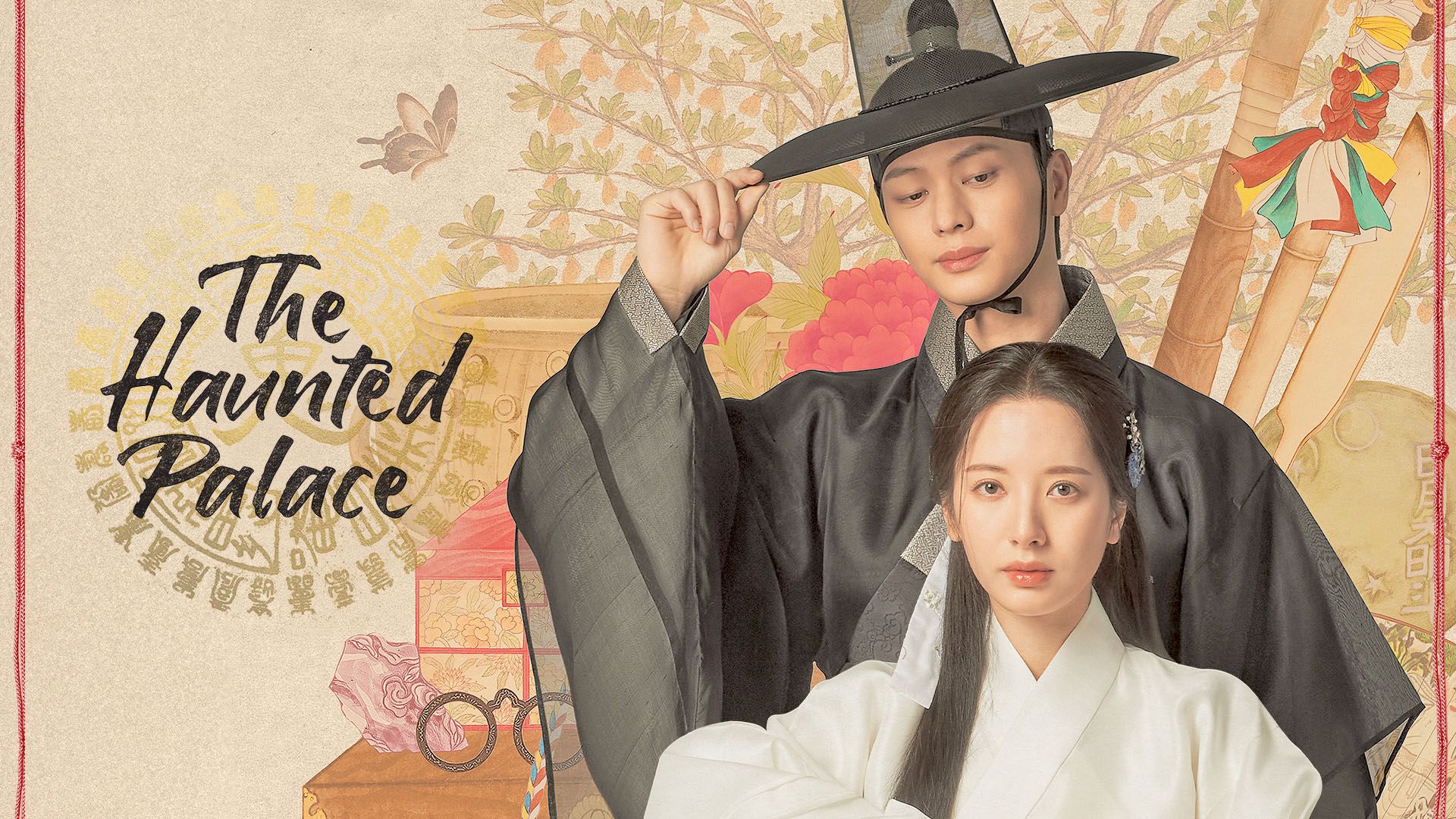
👻 Atmosphere: Gothic Horror Reborn
Directed by Jonathan Reese, known for his critically acclaimed Whispers in the Walls, The Haunted Palace is a masterclass in atmosphere. The cinematography is richly stylized — with deep shadows, glowing candlelight, creeping fog, and rooms that seem to breathe. The visual language evokes the golden era of gothic horror films from the 1960s, but with modern digital precision and sound design that creeps into your psyche.
The film’s palette of decaying elegance—worn tapestries, broken mirrors, and labyrinthine hallways—adds a constant sense of unease. From ancient books whispering secrets to locked doors that open at night, every element is crafted to immerse viewers into the chilling world of the unknown.
🎭 Cast and Characters
Leading the film is Oscar-nominated actor Michael Fassbender as Dr. Charles Ward, delivering a nuanced performance that slowly descends into madness. Opposite him is Eva Green, portraying Sarah Bishop, a local historian with her own ancestral ties to the palace’s history.
Supporting roles include:
-
Jeremy Irons as the cryptic village priest
-
Thomasin McKenzie as a frightened maid who knows too much
-
Giancarlo Esposito as a skeptical investigator drawn into the supernatural chaos

🧠 Themes and Symbolism
Beneath its chilling exterior, The Haunted Palace explores deep philosophical and psychological questions:
-
Can evil be inherited?
-
Is destiny avoidable, or are we doomed to repeat the sins of our ancestors?
-
How far will a man go to preserve his identity, when his own bloodline is cursed?
The film draws clear parallels between generational trauma, mental illness, and the seductive nature of forbidden knowledge. Its use of dream logic, unreliable narration, and haunting memories challenges viewers to decide what is real and what is imagined.
🎶 Score and Sound Design
The original score, composed by Benjamin Wallfisch, blends eerie violins with low, pulsating bass tones that build dread slowly and methodically. Silence is used strategically to heighten the sense of isolation and anticipation. Every creak, whisper, and gust of wind becomes a character in itself.
🗓️ Release and Anticipation
Set to release globally in October 2025, just in time for Halloween, The Haunted Palace is already generating early buzz. Horror aficionados are praising its return to slow-burn, atmospheric terror in a genre that has often leaned toward jump scares and gore.
The film will premiere at major film festivals including Venice and Toronto, with whispers of it becoming an early contender for awards in cinematography, production design, and lead acting.
Final Thoughts
“The Haunted Palace” isn’t just another horror film — it’s a carefully constructed descent into dread, legacy, and madness. By merging timeless gothic storytelling with modern filmmaking techniques, it invites audiences to confront their deepest fears about identity, inheritance, and the unknown.
